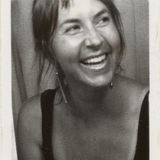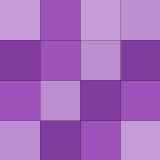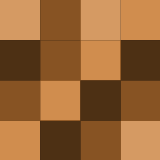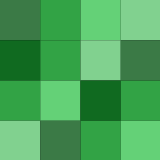First suggestion with sketching art is probably the same suggestion potential photographers get and will likely apply to a lot of things you do: you can't be afraid to experiment, and you have to do it a lot, eventually you will improve.
The cost of this can be very high, as you well know. Materials, time, and effort... it adds up to a lot of work for something that's just going to drain your wallet and frustrate you to no end. However, the digital era helps a lot.
First, if you have a decent computer/laptop you have a start. What you then want is a sketching program that can use tablet technology. Wacom is the best. I'd recommend getting their Intuos Pro line, a small or a medium pen tablet. Especially for a starter, this is a fun and usually rewarding idea - because coming from a traditional background is not really a help here. The pen is just as awkward for a first-time artist using it as it is for a first time non-artist. (it can also be argued that the wacom tablet can be useful for other things, like doing notations on digital documents, signing digital documents, and simple sketches for presentations.) So the disconnect between what your hand is doing with the pen on the tablet will be the first thing you get used to... and at least you won't have the frustration of having to deal with that disconnect between you and the tablet getting in the way of visualizing a work. And really, this is what the electronic tools allow you to do best once you are used to them - to experiment with different ways of bringing your imagination to life without wasting tons of materials in the process. Whenever you have some free time, you can pop open an app that allows the pen use and doodle. Its what all kids do, and its what helps to connect the images in your head to the techniques necessary to put those images to paper or screen. If you have a surface pro... well, you already have a wacom pen - you can use some of the apps there to get started with some art. I'm thinking cintiq companion - sometime in the next couple years.
First reaction of most people: I can't draw. Ok. You can't draw. Yet, how do you know you can't draw? What looks bad about your drawing? Did you try drawing with a pencil? Sketch lightly? Experiment with different lines? Heck, did you practice drawing lines of specific lengths and straightness? A lot of artists spend the equivalent of years perfecting their strokes - they don't just sit down and create finished works, an artist has dozens upon dozens upon dozens of sketches and doodles that fill up just about any kind of paper that can be drawn on.
You think an Artist instinctively knows how to translate what they see to something visually pleasing on canvas? Please... Even daVinci's works can be 10 layers deep with canvas reused because he considered what was there to be "not good enough". Even in the same work, lines are constantly reworked. There are no mistakes in art, there are simply corrective measures or added features. :) Odd paint smears become mighty oaks. A slash of dark blue across a pond becomes a half-sunken log. A knuckle smear becomes a peach on a tree... Those kinds of things are common, even if the artist would prefer you didn't know about them.
As for visualization? If you know what looks good to you, then you're half-way there. If you can imagine how to make a subject look better, then you have most of the mentality of an artist. Take someone and drop them in a future cityscape. You probably have tons of reference photos of both - I know I have lots of them - and I use them. See a shape you don't like? Don't use it. Have a mistake? Incorporate it into the work. Think something would work better a little taller? Do it. That's art - what it has been and what it will always be. And not everyone is going to like it. That's art too.
I will warn you, stay away from ink. If you want to start with physical media - don't use pen - use pencil - work on shading, light and (eventually) color. You won't have the line/stroke skills to use a pen at first, that will come with using a pencil properly. (All pen work I do is either stipple style shading or cross hatching with short lines and a few general lines to indicate shape. Pen is difficult, in my opinion - its harder to work with mistakes.) Pencil can be blended, so if you make a mistake, just blend it in or incorporate it... erase it if you must, but I usually don't when I'm just playing around. Draw simple spheres and learn how light plays off of objects and items. Boxes are good too. Stack them, draw more. Don't be afraid to make a little still life or look up a picture on the web for inspiration. That's art.
 SEXPAND
SEXPAND SEXPAND
SEXPAND SEXPAND
SEXPAND










No comments:
Post a Comment
Note: Only a member of this blog may post a comment.